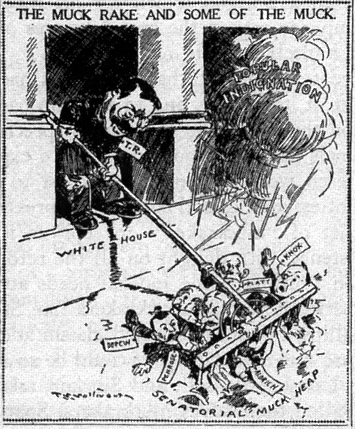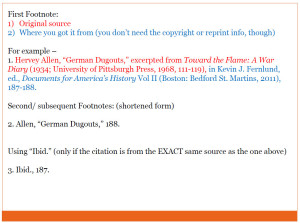 One of the concerns of many literate, reform-minded Victorians was to document–and then improve–their industrialized urban surroundings. This was true for Americans of all races; today’s digital workshop provides some examples. These people included so-called “muckrakers,” investigative journalists, literary realist authors, artists, musicians and public intellectuals, and their work shows us not only the strenuous efforts of urban reformers, but also their assumptions and values about American social classes, race, gender, immigration, and poverty. Historians can learn a lot about reformers AND the targets of their reforms by using sources like these to better understand life in American cities at the turn of the twentieth century.
One of the concerns of many literate, reform-minded Victorians was to document–and then improve–their industrialized urban surroundings. This was true for Americans of all races; today’s digital workshop provides some examples. These people included so-called “muckrakers,” investigative journalists, literary realist authors, artists, musicians and public intellectuals, and their work shows us not only the strenuous efforts of urban reformers, but also their assumptions and values about American social classes, race, gender, immigration, and poverty. Historians can learn a lot about reformers AND the targets of their reforms by using sources like these to better understand life in American cities at the turn of the twentieth century.
Instructions: Use our classtime to explore one or more of these sources (or collection of sources), using your best primary source analysis skills. Take good notes. This workshop is a good way to study the concepts and people in Chapters 18 and 19 in greater depth, and you should be prepared to discuss today’s evidence in detail on Friday’s exam! Don’t worry about getting to all of them – quality is better than quantity.
Read a 1913 broadside (i.e. a paper flyer) by Jane Addams, founder of Chicago’s landmark Hull House settlement house, titled “Women and Public Housekeeping”
Examine Jacob Riis’s photographs of working-class neighborhoods in New York
Or Lewis Hine’s haunting images documenting the extent of child labor in the 1900s and 1910s
Study oil paintings by John French Sloan (1871-1951)
Or oil paintings by Robert Henri (1865-1929)
Explore the “Exhibit of American Negroes” assembled by W. E. B. DuBois for the Paris Exposition, 1900
Read an excerpt from Upton Sinclair’s 1906 novel The Jungle
If you want to try your hand at finding your own muckraking photographs, try one of these image-search tutorials from author Ann Bausum, to find pictures or stereoscopes of meatpacking, stockyards and other grisly industrial jobs
Read about “charity meals” in turn of the century New York, and then locate some restaurant menus from the period 1890-1910 to get a feel for food and prices of the time period
Got headphones? Try listening to some ragtime records from this period; are these “ashcan artists” too?
Delve into the history — and primary sources — of the 1911 Triangle Shirtwaist Company fire





